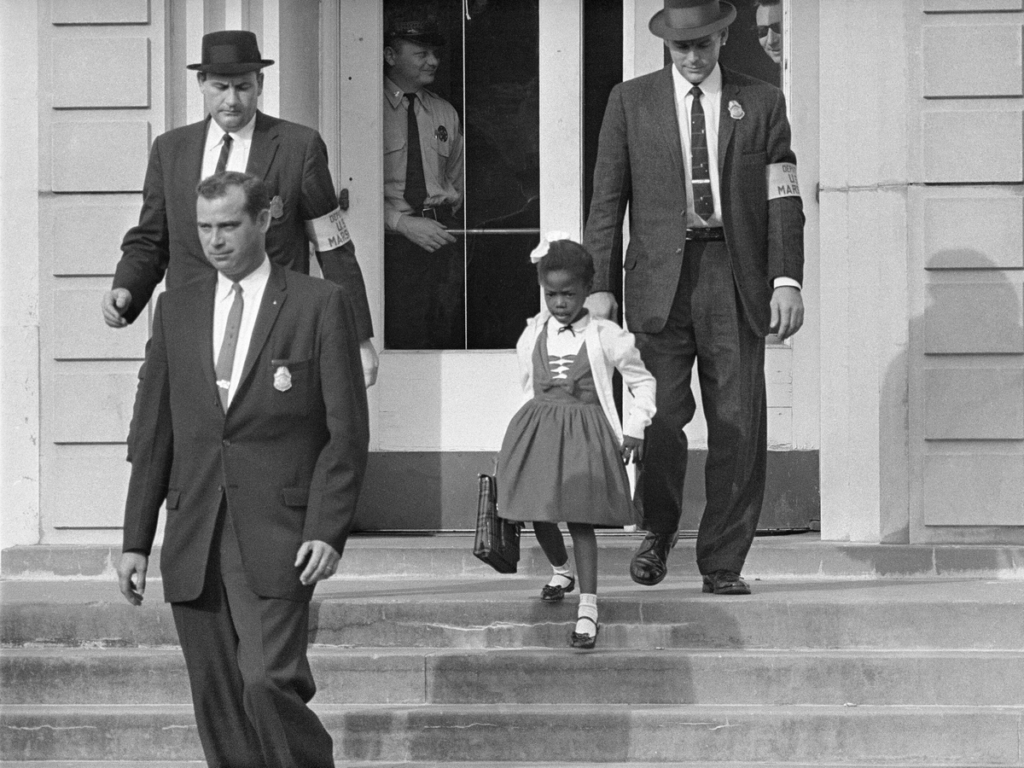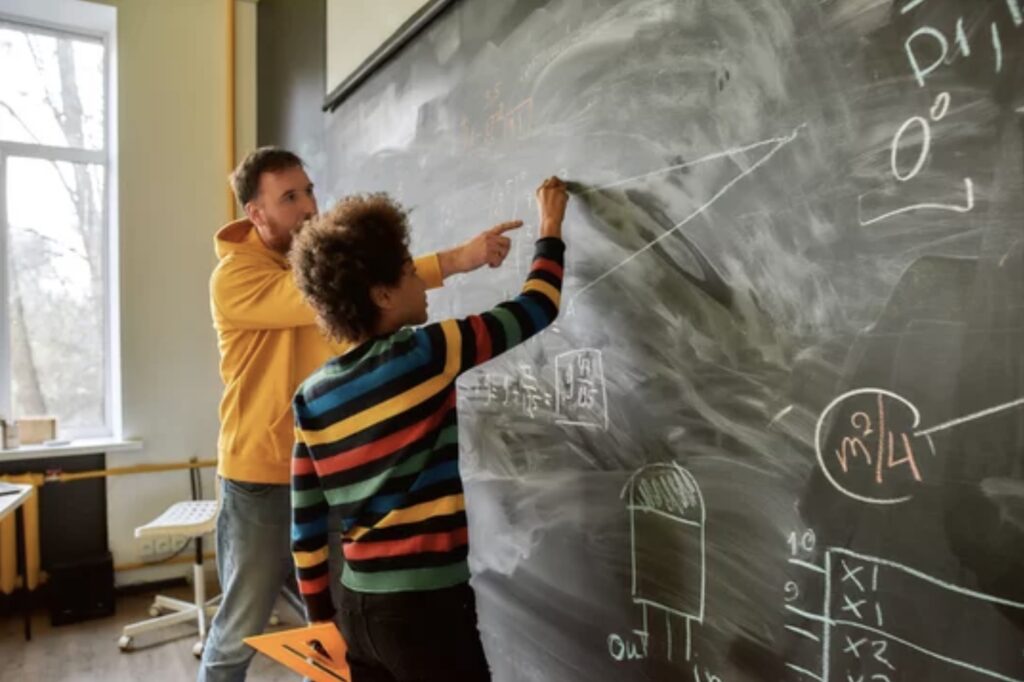
The History of Education: How Schools Have Changed Around the World👁️🗨️
Education has been very important for people and society since ancient times. But over time, it has changed a lot. Let’s look at some important moments that changed education around the world. 👇
📚 Education in the Ancient World
The first education systems appeared in the ancient world—in Ancient Greece and Ancient Rome. Back then, children learned writing, reading, math, and other subjects from personal teachers. However, going to school was a privilege for the upper class, and only boys could attend.
In Rome, there were special schools for public speaking. In these schools, children learned how to speak well and express their thoughts clearly. This prepared them to take part in government.
Girls, on the other hand, were educated at home. Under their mother’s guidance, they learned to read and write. They focused on managing the household and doing crafts. Additionally, they were taught to sing and play musical instruments.
☝️Religious Education in the Middle Ages
In the Middle Ages, education had a strong religious context. Only the children of nobility and clergy received education. The rest of the population remained illiterate and could not read or write.
The main centers of education at that time were theological schools and monasteries. Knowledge was passed on within their walls. However, it was thanks to the church that the first universities appeared.
For example, the University of Bologna and the University of Paris were founded. Initially, they focused on the study of theology. But during the Renaissance, they returned to classical education.
The 14th to 16th centuries were marked by a renewed interest in philosophy, science, and culture. Universities began to teach disciplines such as law and medicine.
📃 The Emergence of the Classroom System
The next key moment in the development of education came in the 17th century and is associated with the name of Czech educator John Amos Comenius. Thanks to him:
Individual tutoring was abandoned;
The classroom system of education was introduced;
The age to start school was set at 6-7 years old.
Comenius believed that students should study in classes with their peers. They should receive knowledge step by step and according to a specific program that includes various subjects.
💰 The Emergence of Free Education
Free education appeared only at the very end of the 18th century. This was linked to industrial development. The introduction of machine labor created a need for literate workers. The only way to prepare them was through an education system.
The first country to implement free schooling was Germany. This happened in 1794. Other countries lagged behind significantly. For example, free education in America appeared only in the 1850s, in England in 1870, and in France in 1880.
🙋 Accessibility of Education for Women
The issue of women’s education was addressed differently in various countries. Surprisingly, Islamic states were the most progressive in this direction. For example, as early as the 9th century, a woman named Fatima al-Fihri was among the founders of one of the oldest universities, Al-Qarawiyyin.
In Europe, the process of integrating women into the educational system was much slower and more complicated. Even in wealthy families during the Middle Ages, education for girls was considered unnecessary. It was only in the mid-19th century that the first educational institutions dedicated to teaching women appeared in England.
🧑🏿🤝🧑🏻 Integrated Education for All Students
The first Black child to attend a regular school was a girl named Ruby Bridges. This happened in 1960. The event shocked the public. Parents began to withdraw their children from Ruby’s class en masse. Even the teachers refused to teach.
Protests were held daily in front of the school. Ruby faced threats. As a result, the President of the United States had to assign guards to her, who accompanied her to and from school.

⚡The Emergence of School Chalkboards
The standard feature of school classrooms—the blackboard—did not appear immediately. Until the first half of the 20th century, students wrote on small slate tablets. They used slate pencils and aluminum sticks for this.
Wall-mounted blackboards, where teachers could write with chalk, only appeared in the 1930s. They proved to be very convenient and durable, so they were widely adopted. Such blackboards are still used in many educational institutions today.


